Limited Time Offer: Full Feature Access. Plans start @$13 for 11 users Get Started Now
Limited Time Offer: Full Feature Access. Plans start @$13 for 11 users Get Started Now
Once you have successfully passed the Planning Phase it is time for real action – Execution! The Project Execution Phase of the project management lifecycle is all about deliverables & outputs. It is here that the intended product or service is delivered to the customer for approval.
In official terms – The Project Management Body of Knowledge (PMBOK) states – "The Executing Process Group consists of those processes performed to complete the work defined in the project management plan to satisfy the project specifications."
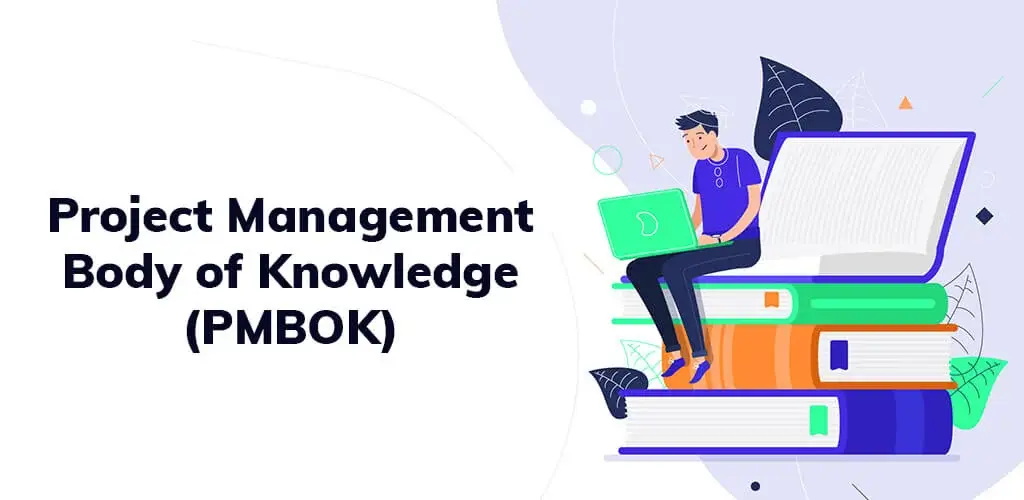
The Project Execution Phase is usually the longest phase in the project management life cycle and consumes the most energy and resources. It is pretty evident by now as to how crucial it is to ensure your plans are realized with clinical precision and none to minimal deviation.
To enable you to monitor and control the project during this phase, you will need to implement a range of project management processes. These processes help you to manage time, cost, quality, change, risks and issues. They also help you to manage procurement, customer acceptance and communications.
The primary objective of Execution and Control is to construct deliverables as per the master project plan and consistently evaluate the processes and plans involved to deliver the output as per the agreed specifications.
It is all about action and direction!
The Execution Phase will broadly involve the following actions. The priority or sequence is entirely dependent on the nature of the project and organizational practices and preferences. But nevertheless, they are performed to enable successful project execution.

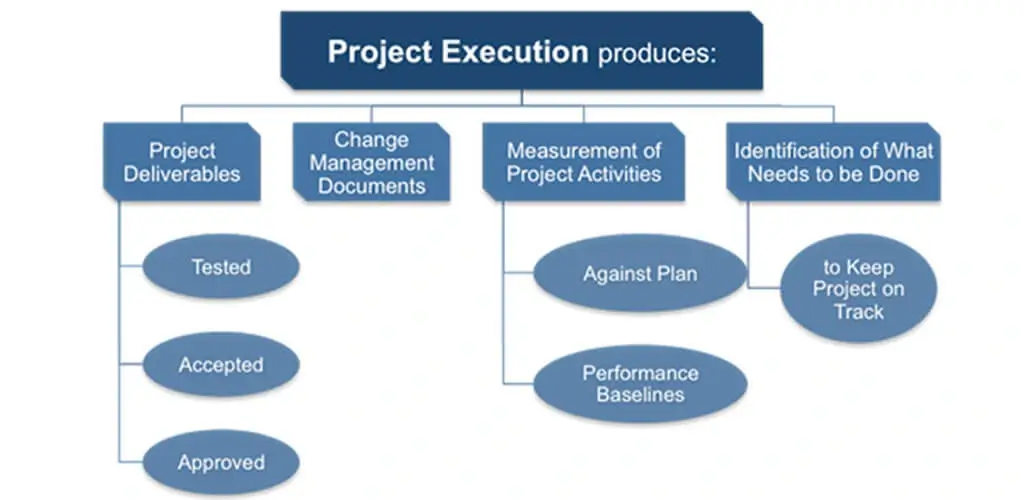
Project Deliverables:-
Project deliverables are the primary reason why projects are run. They are the tangible expectations and results produced from our projects. As part of the execution process we ensure, that the deliverables are well tested, meet the acceptance criteria and are approved by the customer and/or business sponsor.
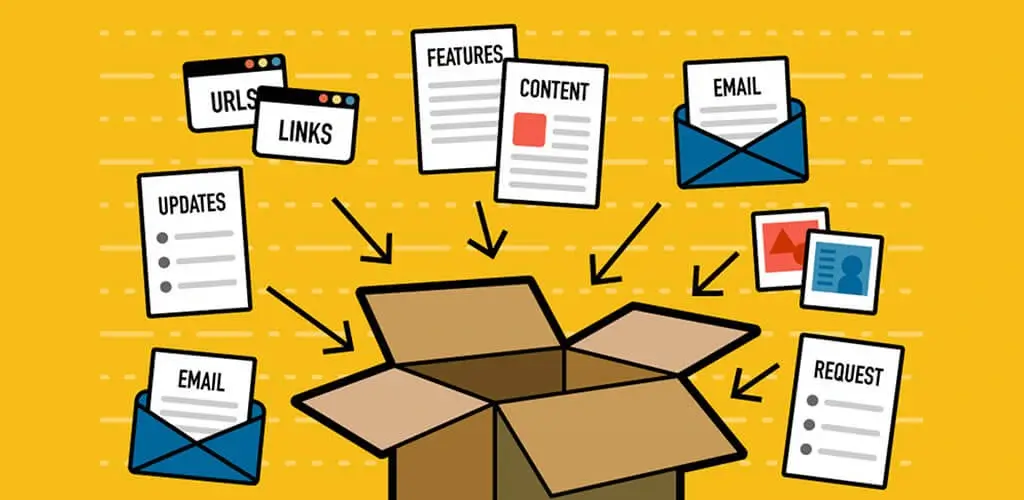
It is of utmost importance that the project deliverables are of the agreed quality and meet the defined objectives and specifications.
Change Management Documents:-
Change is unavoidable in project management too. And in its true sense it is more of an asset. When handled properly, the change management process goes a long way in minimizing loss of precious project resources and reducing scope creep.

This is where the project management change plan comes in. The plan, as detailed in the project management change document, sets out the process by which any changes to the project's goals, schedule, and/or resource usage are to be managed. In short, the change document is a vital component in managing projects of any size and complexity, and it heavily influences project success.
Change Management Document includes 3 items:-
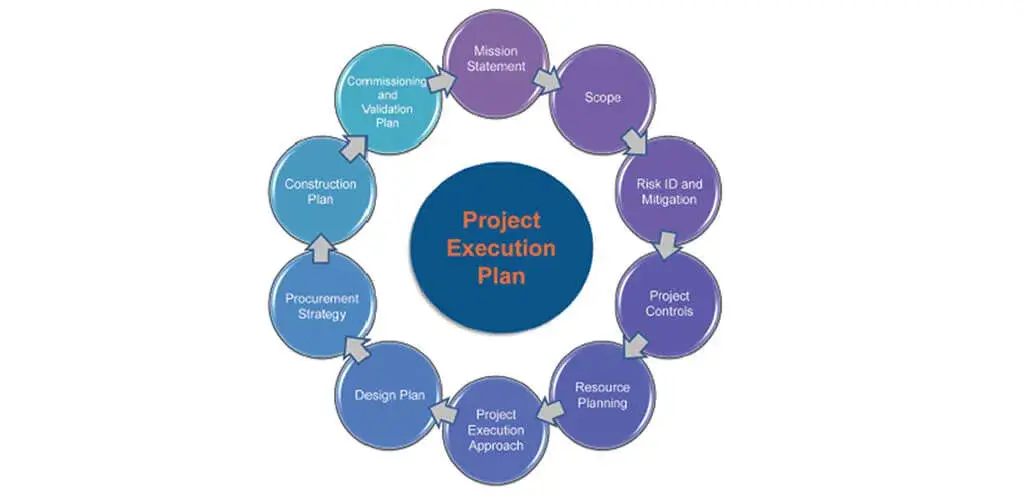
Project performance, on the surface, seems easy to measure; just track time, cost and scope and it’s done.
As part of optimizing your execution, you must perform certain key activities

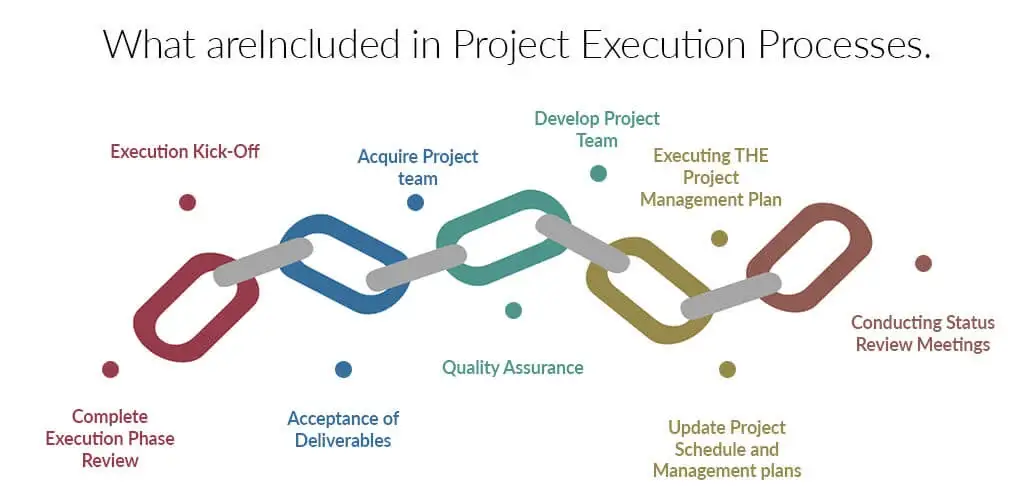
Execution Kick-Off:-
The Project Manager can begin the phase activities following the completion of all planning activities including approval of the PMP, functional specifications & project funding.
Acquire Project team:-
The project manager follows necessary steps to obtain the human resources needed to complete the project. Resource calendars are built and resource allocation for the project is done based on the negotiations and acquisitions with the involved business units and resource pool managers.
Develop Project Team:-
The project manager evaluates each individual skill sets to ensure that the each team member has the proper skill sets for each upcoming project phase. Note: your training plan, schedule and costs come in handy as described in the planning phase.
Project leaders that can align their vision and work with their teams will successfully deliver key programs and projects. The alignment of vision and strategy to implementation will help you close those gaps.
Executing THE Project Management Plan:-
The project manager executes the project management plan activities by performing the activities contained within each of the plans such as Communication Plan, Risk management plan, etc.
The project manager will direct the various technical and organizational resources that exist in the project to execute the work defined in the project management plans.
Conducting Status Review Meetings (PSR):-
Project status meetings help project managers in reviewing the status collected from the team members. They help the project managers in assessing what has been accomplished till date and compare them with the planned activities.
They allow project managers in the assessment of current problem areas and project risk areas; as well as communicating critical project information with quick feedback. Having these project status meetings also eliminates the communication problem that arises out of an assumption or belief that "everyone knows what's going on in this project". Often team members do not know, because they are busy with their own tasks.
The project execution phase will reveal unanticipated problems or issues, so project leaders must be prepared to pivot and make tactical changes.
Update Project Schedule and Management plans:-
In most organizations, the project management team is the group of people responsible for updating the project plan. The project plan is many things to the project manager. It is a record of what has occurred on the project. It illustrates what is happening on the project right now. And, it prepares the project team by showing what will be coming up.
Keeping the plan current is an important role of the project manager (or project administrator). Project updates focus on the three project management constraints, cost, time and scope. An effective project manager knows that a change in one of these areas results in changes in the other two. A current project plan will show the effect of these changes on the overall project.
Therefore, any changes and updates from the previously defined plan must be duly recorded and approved by the relevant parties along with revision history info for audit trail. Any lapse in maintaining an accurate plan or one that is outdated has significant impact to the overall project success.
Quality Assurance:-
In the Project Management Body of Knowledge (PMBOK), Quality Assurance is part of the Executing process group and is performed throughout the duration of the project. Quality Assurance is the process of auditing the quality requirements and the results from quality control measurements to ensure that appropriate quality standards and operational definitions are used. The key benefit of this process is that it facilitates the improvement of quality processes.
Acceptance of Deliverables:-
Acceptance criteria for project deliverables establishes in advance an agreed upon standard of performance or capability that the user will accept in a specific deliverable The Performance Plan developed in the Project Planning Phase articulates the project deliverables and acceptance criteria.
Acceptance criteria then become the fundamental guideline for the design team to build a solution that the user will find acceptable.
The execution phase ends when the user has agreed to accept the deliverable(s) in the state that they exist. The acceptance criterion is the standard that the user uses to judge if each deliverable is satisfactory.
In some cases, the deliverable may not meet all acceptance criteria but, from an overall view, the deliverable will meet the requirements of the user. The user must authenticate acceptance of each deliverable. The user will also identify any issues that remain outstanding and the agreed to plan for resolution of any outstanding issues.
Complete Execution Phase Review:-
The project manager contacts all participating stakeholders to review and document lessons learned in the execution phase. A formal Phase Review form is duly filled and sent to the Project Sponsor for approval.
It is basically to seek permission to proceed to the next phase and closure of the existing phase. All deliverables are reviewed, accepted & approved, any pending issues are documented along with their resolution plan and all relevant plans and documents are updated accordingly.
Once you have the phase review approved you officially proceed to the next phase!